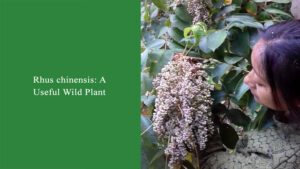Top 20 Wild Edible Fruits and Berries
Want to know the top 20 wild edible fruits?
Most of the wild plant (herb, shrub, and tree) offers fruits in varieties of shape, color, and taste. Among them, some are edible and others are poisonous. In Nepal, it is believed that the fruits of all fodder plants are edible.
In this article, I will share with you the top 20 wild edible fruits.
List of top 20 wild edible fruits and berries:
- 1. Rhus chinensis
- 2. Amomum subulatum
- 3. Artocarpus lakoocha
- 4. Choerospondias axillaris
- 5. Cinnamomum camphora
- 6. Coccinia grandis
- 7. Elaeocarpus sphaericus
- 8. Ficus semicordata
- 9. Gaultheria fragrantissima
- 10. Juglans regia
- 11. Myrica esculenta
- 12. Phyllanthus emblica
- 13. Rubus ellipticus
- 14. Syzygium cumini
- 15. Pyracantha coccinea
- 16. Castanopsis tribuloides
- 17. Ziziphus nummularia
- 18. Morus alba
- 19. Ziziphus incurva
- 20. Passiflora edulis:
1. Rhus chinensis
English name: Chinese gall
Nepali name: Bhaki Amilo
Rai name: Mahada
Family: Anacardiaceae
Flowering season: August
Fruiting season: October
Description: Rhus chinensis is the best wild edible fruits. The mature fruits are small and fleshy with acid flavor. It is also rich in tannins. In some places, people use it as a medicine to treat coughs and diarrhea.
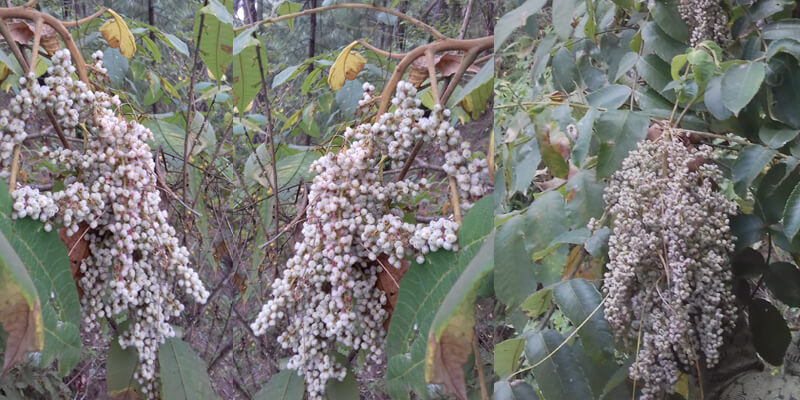
Rhus chinensis is commonly found in Nepal, China, Japan, Korea, Thailand, Vietnam, and also in India. It can easily propagate from suckers. Bees and birds play a major role in the pollination of this plant.
2. Amomum subulatum
Scientific name: Amomum subulatum
English name: Black cardamom
Nepali name: Alainchi
Family: Zingiberaceae
Description: Amomum subulatum is another top 20 useful wild plants having edible fruit. This plant is also a perennial medicinal plant that offers valuable fruit with a camphor-like taste. It is native to eastern Nepal, China, India, Bhutan, and Africa.
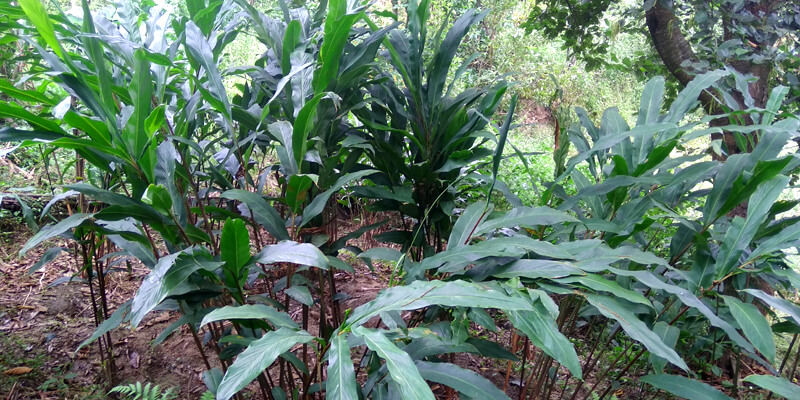
This plant grows up to 1.5 meters tall and consists of a dull red color creeping rhizome. We can extract the essential oil from its seed. In Nepal, people use the seed of Amomum subulatum to treat sore throat and stomachic. At the same time, they use it as a mouth freshener.
The seed of Amomum subulatum is also famous as kitchen spices.
3. Artocarpus lakoocha
English name: Monkey Jack or Monkey Fruit
Nepali name: Badahar
Family: Moraceae
Flowering season: April- June
Fruiting season: July- August
Description: Artocarpus lakoocha is another tasty wild edible fruits that grows in a warm climate. It is a deciduous and perennial tree growing up to 6-17meters tall. This plant prefers fertile, warm, and well-drained soil.
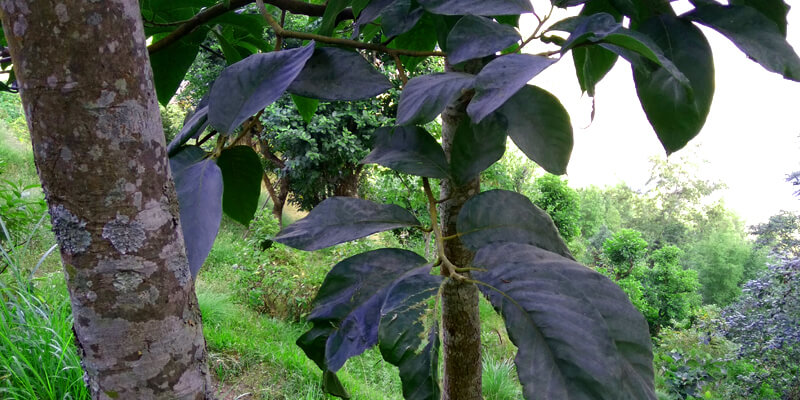
In Nepal, people plant Artocarpus lakoocha for multiple purposes i.e. for medicine, fodder, and wood. In some Asian countries, it is also cultivated on a large scale for wood and sweet fruit. We can easily germinate this plant from its seed.
4. Choerospondias axillaris
English name: Nepali hog plum
Nepali name: Lapsi
Rai name: Fintusi
Family: Anacardiaceae
Fruiting season: Winter
Description: Choerospondias axillaris is another popular wild edible fruits native to Nepal, China, Bhutan, and India. It prefers well-drained, moist, and sandy soil.
This plant is deciduous and also perennial that contains green-yellow small acidic fruits, compound leaves, and brown branches. It grows about 30 meters tall and 40cm wide.
In Nepal, rural people cultivate Choerospondias axillaris because of its fruit and wood value. They use ripen fruits to make pickles and spicy candy. Titaura is another popular marketable product made in Nepal by using the fruit of Choerospondias axillaris.
5. Cinnamomum camphora
English name: Camphor
Nepali name: Kapur
Family: Lauraceae
Flowering season: April- May
Fruiting season: August- October
Description: Cinnamomum camphora is a perennial evergreen plant that is commonly found in hilly regions of Nepal and some parts of China, Japan, Korea, and Vietnam. Its height reaches up to 30 m high. It offers small white flowers, alternate green leaves, and purple-black edible fruits.
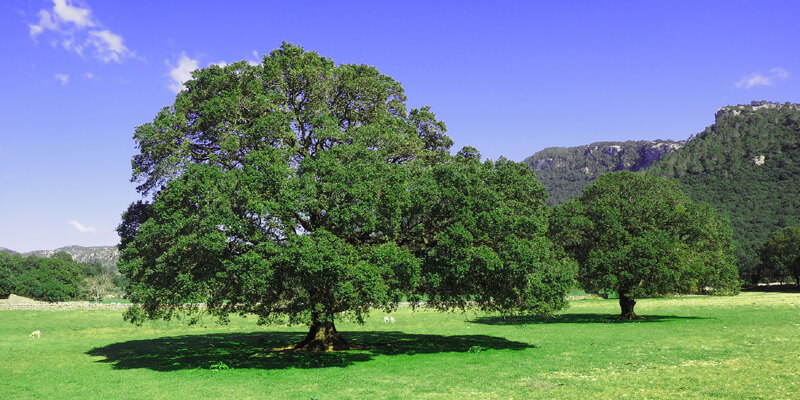
In some countries, people cultivate Cinnamomum camphora for timber, ornamental, and medicinal purposes. Camphor is a major market product made from it.
Both unripe and ripe fruits are edible. They contain a strong aroma. Cinnamomum camphora can easily germinate from seed.
6. Coccinia grandis
English name: Ivy gourd or Tindora or Scarlet gourd
Rai Name: Peparang
Family: Cucurbitaceae
Flowering season: August – September
Description: Coccinia grandis is one of the tasty wild edible fruits which grows in tropical regions of Nepal, Malaysia, Myanmar, Thailand, and India. It is a perennial climber that grows about 28 meters long.
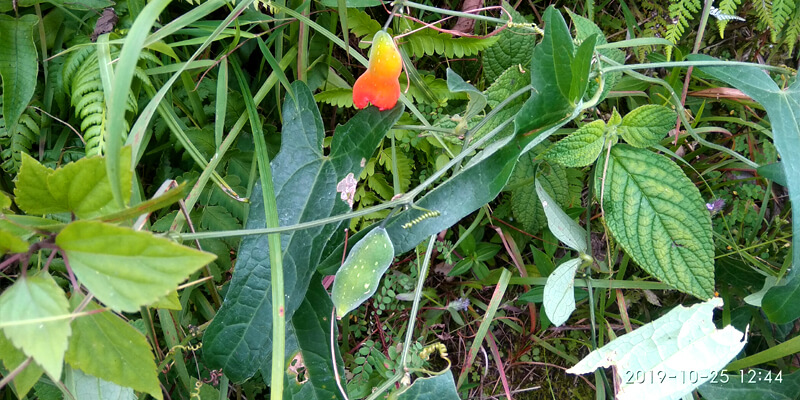
A single plant offers large numbers of sweet edible fruits. In some places, people consume unripe fruits as a vegetable. Birds and rats also love to eat the ripe fruits of Coccinia grandis. They also play a big role in the spreading of seeds.
7. Elaeocarpus sphaericus
English name: Utrasum bead tree
Nepali name: Rudraksha
Family: Elaeocarpaceae
Flowering season: May-June
Fruiting season: November- December
Description: Elaeocarpus sphaericus also offers edible fruit. Its height reaches up to 15 meters high. This evergreen plant contains grayish-white bark, alternate leaves, white flowers, and then bluish-purple fruits. It is found in tropical to subtropical regions of Nepal.
We can propagate this plant either by seed or by air layering method. Due to the medicinal and therapeutic properties of its dried fruit (bead), people cultivate it on a commercial scale.
8. Ficus semicordata
English name: Bhui goolar
Nepali name: Khaniyo or Khanyu
Rai name: Khuksik
Family: Moraceae
Flowering season: May- October
Description: Ficus semicordata is a medium-size wild tree that offers a tasty edible fruit. The ripe fruit looks pink to brown. Large numbers of fruits are found in a single tree.
The height of the plant reaches up to 10 meters tall. Mainly this plant is famous for its edible fruits. But in some places, People cultivated it for medicine, fiber, and fodder. Ficus semicordata is a native plant to Nepal, Bhutan, India, Vietnam, and Thailand.
9. Gaultheria fragrantissima
English name: Fragrant Wintergreen
Nepali name: Dhasingare
Family: Ericaceae
Flowering season: April- May
Description: Firstly, Gaultheria fragrantissima is a perennial and evergreen wild plant grows up to 1 meter tall. It is commonly found in temperate to tropical regions of Nepal, India, China, Vietnam, and Bhutan. This plant prefers moist shaded areas.
Gaultheria fragrantissima also offers purplish-blue edible fruits, white flowers, and green leaves having a strong camphor-like scent. In some places, its leaves are used for medicine, food, and to make perfumes.
10. Juglans regia
English name: English walnut, Persian walnut
Nepali name: Okhar
Family: Juglandaceae
Flowering season: May- June
Fruiting season: September – October
Description: Juglans regia is another famous wild deciduous tree native to Asian countries including Nepal and China. It is also famous for its dye yielding and medicinal properties. This plant grows up to 35 meters high.
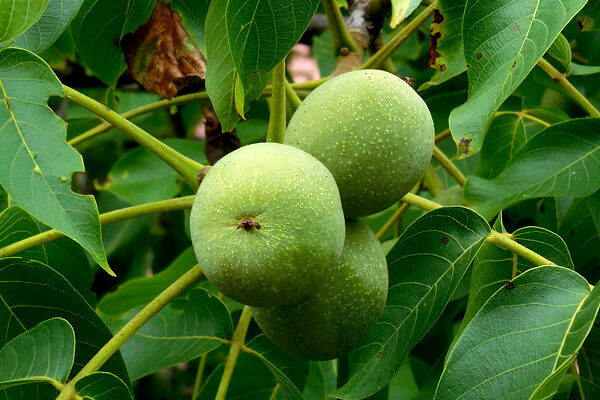
Similarly, Juglans regia contains substantial tap roots, alternate leaves, and silver-grey bark. It also prefers moist, fertile, and well-drained soil. The fruit of Juglans regia contains nutrition-rich kernel. Wind plays an important role in the pollination of this plant.
11. Myrica esculenta
English name: Box myrtle or Bayberry
Nepali name: Kaphal
Family: Myricaceae
Flowering season: February to April
Fruiting season: April to May
Description: Myrica esculenta is one of the popular wild edible fruits native to Nepal, Bhutan, China, Pakistan, and India. It offers white flowers, Yellow bark, and tasty red berries. The bark of this plant is used to treat so many diseases including cough, fever, and diarrhea.
The height of the plant reaches up to 8 meters tall. In some places, people use their berries to make drinks, jams, and pickles.
12. Phyllanthus emblica
English name: Indian gooseberry
Nepali name: Amla
Family: Euphorbiaceae
Flowering season: June to August
Fruiting season: September to December
Description: Phyllanthus emblica is another most popular wild edible fruits. It is a deciduous tree having greenish-yellow flowers and fruits. It normally grows to 15 meters high. The mature fruit offers a sour and astringent taste.
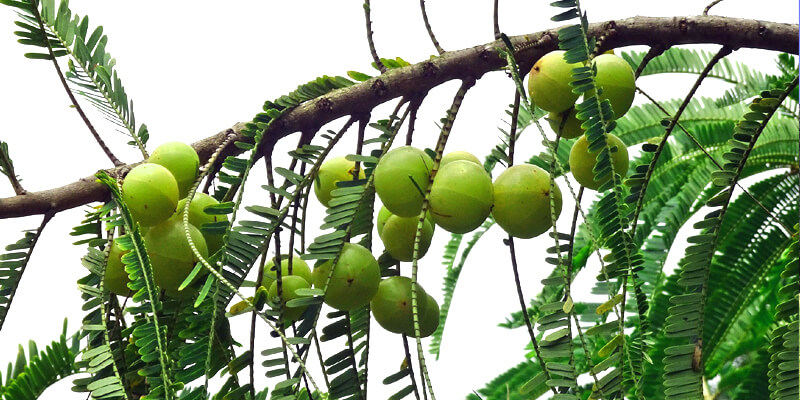
The fruit of Indian gooseberry is rich in vitamin C. So, it has a big medicinal value. It is also a drought-tolerant plant that grows in well-drained and dry soil. The mature fruit can be consumed either raw or cooked form. In some places, it is used to make pickles, jellies, and jams.
13. Rubus ellipticus
English name: Himalayan raspberry
Nepali name: Aiselu
Family: Rosaceae
Flowering season: February and April
Description: Rubus ellipticus is another best wild edible fruits native to Nepal, China, and the Philippines. It is a thorny shrub having white flowers, golden yellow sweet fruits, and thorny stems and leaves.
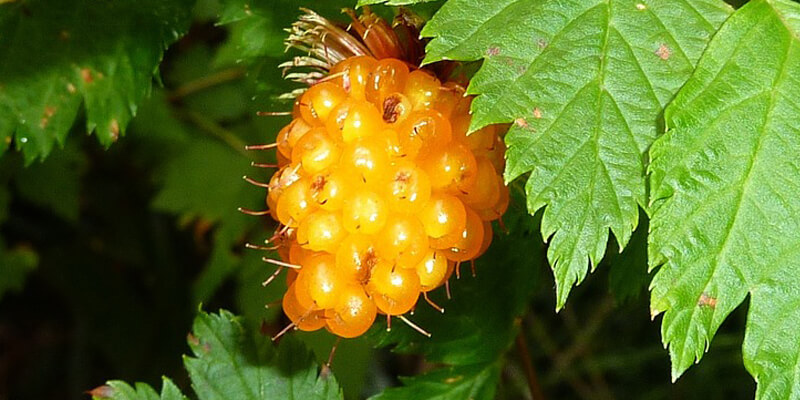
The young stem of Rubus ellipticus is useful to treat coughs and sore throat. At the same time, birds love to eat their sweet fruit. Wine, Vinegar, juice, and squash are also made from its ripe fruit.
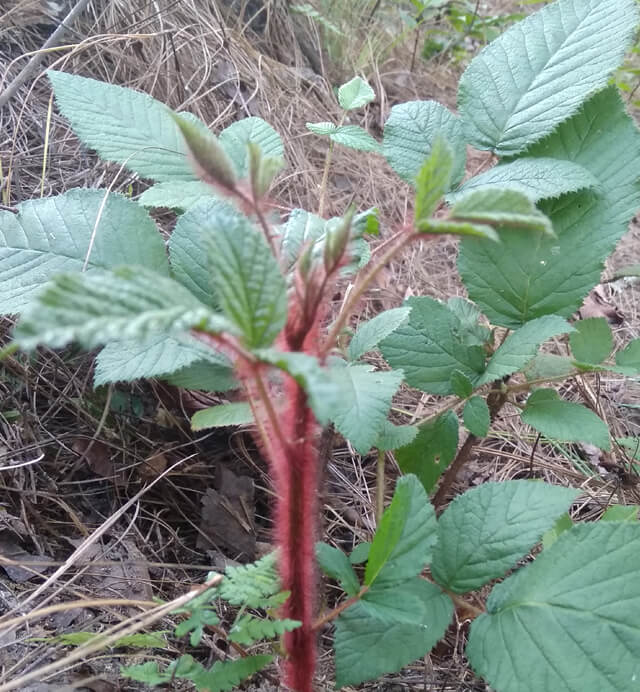
14. Syzygium cumini
English name: Malabar plum or Java plum
Nepali name: Jamun
Family: Myrtaceae
Flowering season: March to April
Fruiting season: May or June
Description: Syzygium cumini is also one of the top 20 famous wild edible fruits. It is an evergreen and long-lived plant found in temperate to tropical areas of the world. This plant grows up to 30 meters high.
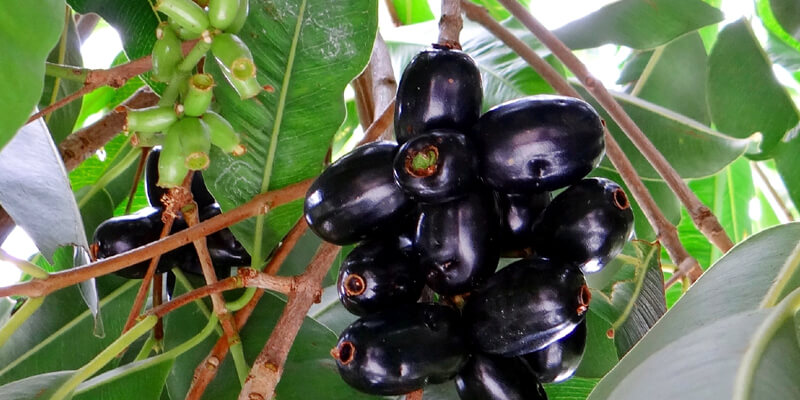
In Nepal, people use Syzygium cumini for multiple purposes i.e. for fruit, ornamental, fodder, medicinal, dye, and wood. It offers tasty fruits. Sometimes, ripe fruits are used to make juice, jelly, sauces, and jam. But in some places, this plant is listed as invasive.
15. Pyracantha coccinea
English name: Scarlet firethorn or pyracantha
Rai name: Ghangharu
Family: Rosaceae
Description: Pyracantha coccinea is a wild plant that grows in hilly to the Himalayan regions of Nepal. It consists of white small flowers, thorny branches, and also red berries having an astringent and bitter taste. The height of this plant reaches up to 3 meters high.
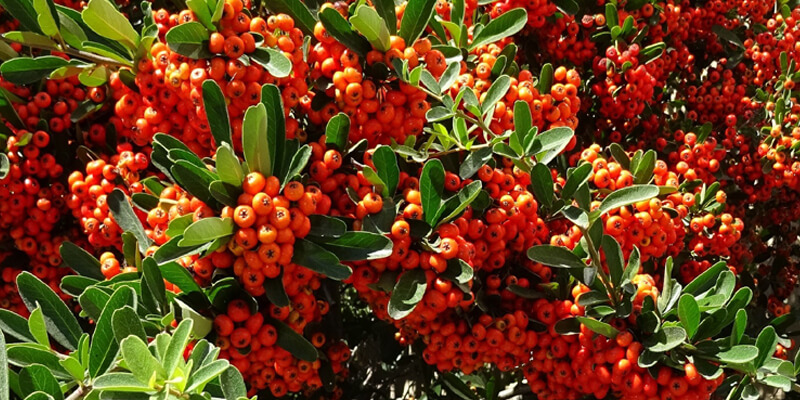
Pyracantha coccinea also prefers dry, fertile, and well-drained soil. In some places, people plant it for ornamental purposes.
16. Castanopsis tribuloides
English name: Chinkapin
Nepali name: Katus
Rai name: Chakag
Family: Fagaceae
Flowering season: May to June
Fruiting season: October to November
Description: Castanopsis tribuloides is one of the famous wild edible fruit native to Nepal, China, India, Vietnam, and Bangladesh. It is an evergreen and perennial wild tree that grows up to 18 meters high.
Likewise, Castanopsis tribuloides is a fast-growing plant and it prefers shaded places with fertile and well-drained soil. This plant is used for wood, food, and dye. We can consume its seeds either in raw or in cooked form.
17. Ziziphus nummularia
English name: Wild jujube
Nepali name: Bayar
Family: Rhamnaceae
Flowering season: July to September
Fruiting season: November to December
Description: Ziziphus nummularia is another tasty wild fruit found in tropical areas of Nepal, India, and Pakistan. So, It is a drought-tolerant shrub that grows up to 3 meters high.
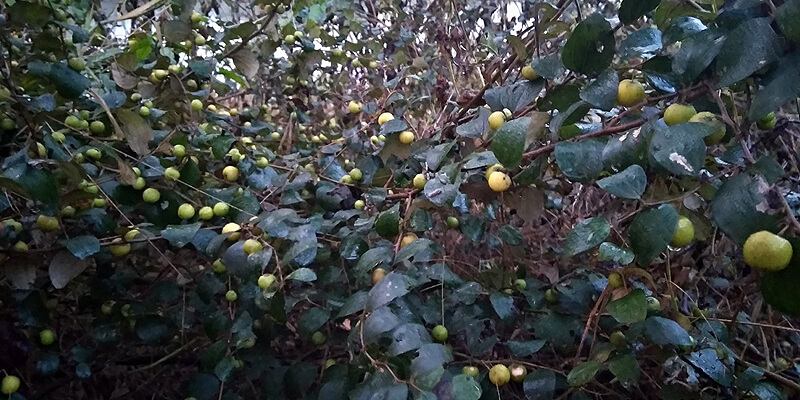
The fruits of this plant offer a sweet taste and pleasant aroma. It is also used for fuel, fodder, and medicine.
18. Morus alba
English name: Mulberry or White mulberry
Nepali name: Kimbu
Rai name: Khetlangbetri
Family: Moraceae
Flowering season: April to May
Fruiting season: May to August
Description: Morus alba is another fast-growing wild tree having a height of 10-20 meters. This plant normally grows in the temperate zone. It offers alternate leaves and also edible berries having sweet flavor. It easily grows from seed.
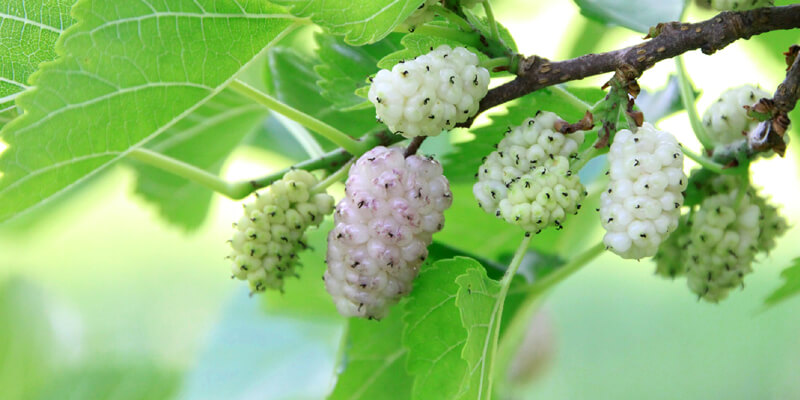
Silkworms love to eat the leaves of Morus alba. So, most of the silk-producing companies cultivate this plant on large scale. At the same time, this plant is also used for medicine, fodder, and fuel.
19. Ziziphus incurva
English name: Jujube
Nepali name: Haade vayar
Rai name: Sorong
Family: Rhamnaceae
Flowering season: April to May
Fruiting season: June to October
Description: Ziziphus incurva is a thorny evergreen tree, famous because of its sweet fruit. It is easily found at some places of eastern Nepal including Bhojpur and then Kathmandu valley.
This plant grows up to 15 meters tall. Its ripe fruit offers a sweet taste. In Nepal people also use it for timber and fodder. Ziziphus incurve is very resistant to a hot climate. So, it is commonly found in temperate to tropical regions of world.
20. Passiflora edulis:
English name: Passion fruit
Nepali name: Lahare Aamp
Family: Passifloraceae
Flowering season: July to August
Description: Passiflora edulis is another popular wild plant offering sweet edible fruit and a beautiful clock-like flower. It is also an evergreen climber that prefers well-drained, moist, and shaded places.
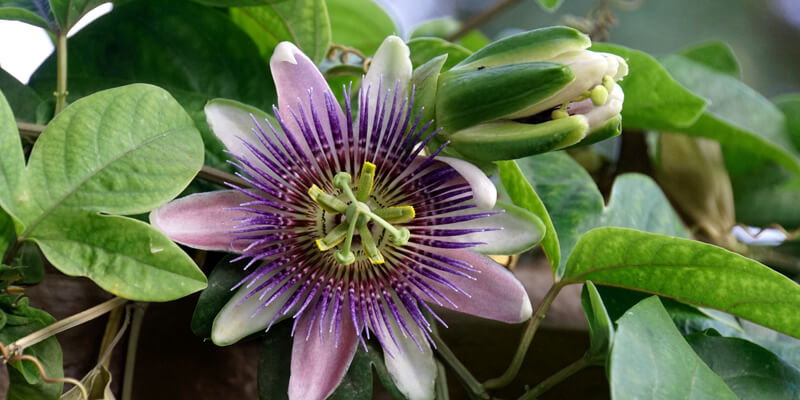
The mature fruit looks dark-purple in color. This plant is found in Nepal, Japan, Indonesia, New Zealand, and other places in the world.
I hope this article helped you to find the top 20 wild edible fruits.





